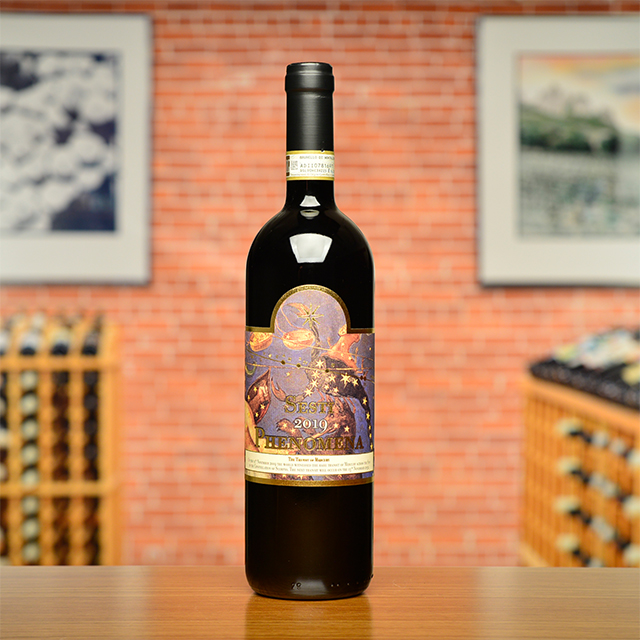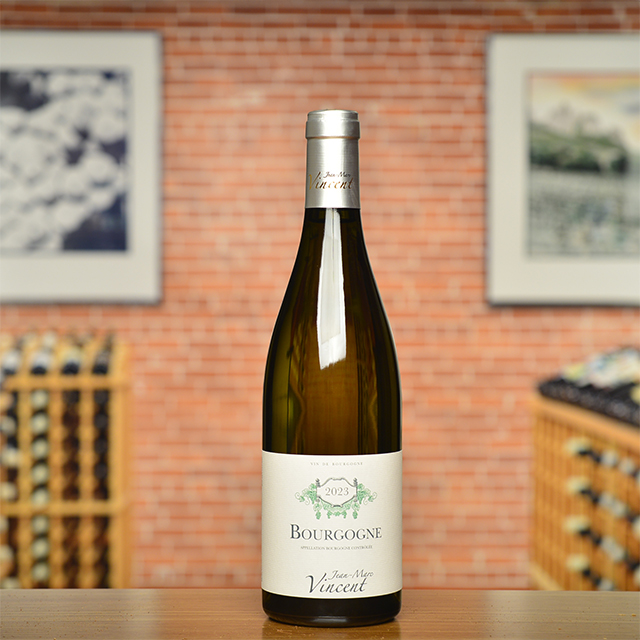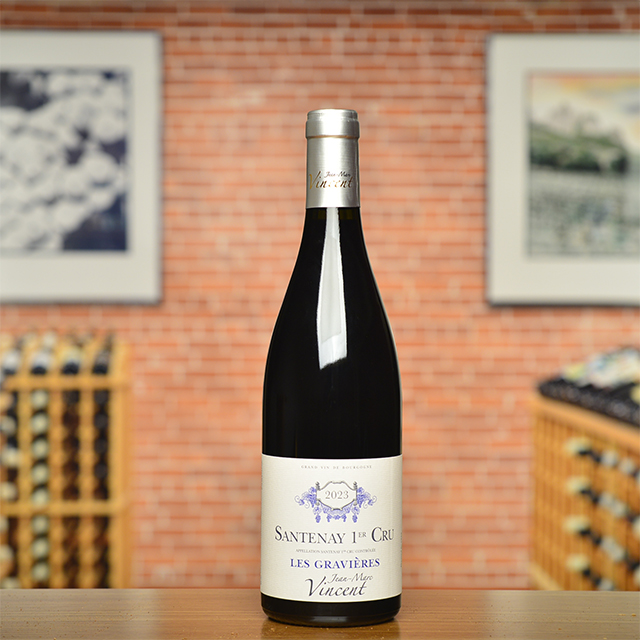Notify me
2016 Toscana Rosso “Monteleccio”
Sesti
Sesti, one of our Brunello growers in Montalcino, releases this red first to market every year. Named for their “hill of oaks” south of Montalcino, it is a blend of the fruit that doesn’t go into their Rosso di Montalcino and Brunello bottles. The (no longer a) secret is that it is usually even more delicious upon release than its nobler brothers, who need extra time to blossom. Aromatic, vibrant, well built, with an inherent energy and poise, vintage 2016 shows significant cellar promise for those so inclined.
—Dixon Brooke
| Wine Type: | red |
| Vintage: | 2016 |
| Bottle Size: | 750mL |
| Blend: | Sangiovese |
| Appellation: | Toscana IGT |
| Country: | Italy |
| Region: | Tuscany |
| Producer: | Sesti |
| Winemaker: | Elisa Sesti |
| Vineyard: | 15 years |
| Soil: | Oceanic Sediment |
| Aging: | One year of élevage in 30-hectoliter oak botti |
| Farming: | Sustainable |
| Alcohol: | 14% |
More from this Producer or Region

2017 Brunello di Montalcino
Italy | Tuscany
With a regal perfume that is both sweet and savory, a ripe berry fruit accented by balmy herbs and earthy wafts of incense, this enthralling Brunello is already approachable, but will reward you if you set aside a few bottles to open over the next ten years.

2024 Toscana Rosato
Italy | Tuscany
Gentle and mouth-filling, this rosato is perked up by a touch of salinity imbued by the oceanic soil.

2018 Brunello di Montalcino
Italy | Tuscany
This 2018 is compact and absolutely brimming with energy, culminating in a grippy, stony tannin.

2018 Brunello di Montalcino
Italy | Tuscany
Ample, deep, and succulent, this enthralling Brunello is already highly rewarding.

2019 Brunello di Montalcino Riserva “Phenomena”
Italy | Tuscany
All the depth, concentration, and intensity imaginable are densely packed into a tight, firm, chewy package.

2017 Brunello di Montalcino
Italy | Tuscany
This 2017 is compact and absolutely brimming with energy, culminating in a grippy, stony tannin.

2020 Toscana Rosso “Brendino”
Italy | Tuscany
Planting Pinot Nero in limestone at high elevation yields a singular rosso that is anything but international in style.

2019 Chianti Classico
Italy | Tuscany
This beautiful rosso brims with notes of black cherries, blood orange, and earth. Pour it alongside your favorite cut of meat, now or in twenty years.

Extra Virgin Olive Oil
Italy | Tuscany
Bright, intense green with hints of fennel and parsley, a Tuscan treasure.
About The Producer
Sesti
About The Region
Tuscany

Perhaps no region is tied to Italy’s reputation as a producer of fine wine as much as Tuscany. Since Etruscan times, viticulture has played a prominent role in this idyllic land of rolling hills, and the Tuscan winemaking tradition remains as strong as ever today. With a favorable Mediterranean climate, an undulating topography offering countless altitudes and expositions, and a wealth of poor, well-draining soils, conditions are ideal for crafting high-quality wines. Add to that the rich gastronomical tradition—Tuscany is home to some of the country’s finest game, pastas, salumi, and cheeses—and you have the blueprint for a world-class wine region.
This is Sangiovese territory; in fact, it is arguably the only place in the world where Sangiovese reaches a truly regal expression. In spite of a rocky history with fluctuations in quality, traditionally produced Chianti has reclaimed its status as one of the country’s most reliable, food-friendly reds, while the rapid rise of Brunello di Montalcino shows the grape’s potential for grandiose, opulent reds allying power and finesse. Traditionally-minded growers have stuck to using only indigenous grape varieties and employing techniques like aging in massive wooden casks known as botti, creating wines of terroir that shine at the Tuscan table.
Tuscan wines have had a place in our portfolio since Kermit’s first visit in 1977. While the names of the estates have changed, the spirit of those first unfiltered Chiantis he imported live on through our current selections.
More from Tuscany or Italy
2021 Chianti Classico Riserva “Fondatore”
Podere Campriano Italy | Tuscany
2019 Brunello di Montalcino Riserva “Phenomena”
Sesti Italy | Tuscany
2021 Chianti Classico Riserva
Podere Campriano Italy | Tuscany
2018 Brunello di Montalcino
Ferretti Italy | Tuscany
2019 Chianti Classico
Villa Di Geggiano Italy | Tuscany
Extra Virgin Olive Oil
Sesti Italy | Tuscany
2020 Toscana Rosso
Cuna Italy | Tuscany
2018 Brunello di Montalcino Riserva “Santa Maria”
Colleoni Italy | Tuscany
2022 Toscana Rosso “Bandinello”
Villa di Geggiano Italy | Tuscany
2024 Toscana Rosato
Sesti Italy | Tuscany
2022 Chianti Classico
Castagnoli Italy | Tuscany
2022 Chianti Classico
Podere Campriano Italy | Tuscany
2021 Chianti Classico Riserva “Fondatore”
Podere Campriano Italy | Tuscany
2019 Brunello di Montalcino Riserva “Phenomena”
Sesti Italy | Tuscany
2021 Chianti Classico Riserva
Podere Campriano Italy | Tuscany
2018 Brunello di Montalcino
Ferretti Italy | Tuscany
2019 Chianti Classico
Villa Di Geggiano Italy | Tuscany
Extra Virgin Olive Oil
Sesti Italy | Tuscany
2020 Toscana Rosso
Cuna Italy | Tuscany
2018 Brunello di Montalcino Riserva “Santa Maria”
Colleoni Italy | Tuscany
2022 Toscana Rosso “Bandinello”
Villa di Geggiano Italy | Tuscany
2024 Toscana Rosato
Sesti Italy | Tuscany
2022 Chianti Classico
Castagnoli Italy | Tuscany
2022 Chianti Classico
Podere Campriano Italy | Tuscany
Kermit once said...

Kermit once said...
Great winemakers, great terroirs, there is never any hurry. And I no longer buy into this idea of “peak” maturity. Great winemakers, great terroirs, their wines offer different pleasures at different ages.
Inspiring Thirst, page 312

















